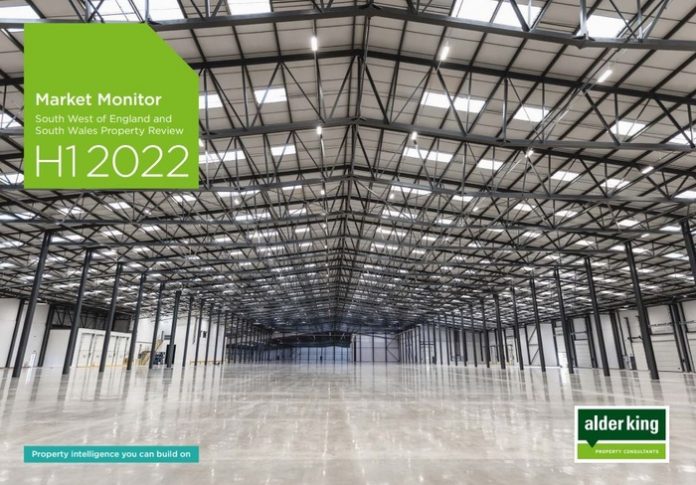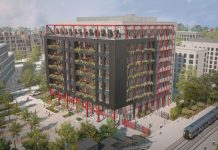Headline rents for new business space across the South West have risen to record levels as post-pandemic demand for business space continues, reveals Alder King in its latest Market Monitor report.
Increases in office and industrial rents have in part been driven by construction cost inflation but primarily reflect the high level of demand and constrained supply in many of the region’s main commercial centres.
The largest increases were seen in Bristol where the new headline rent for top end city centre office stock is now £42.50 per sq ft, up 10.4% from £38.50 in 2021. Gloucester, Swindon and Taunton also recorded substantial office rental growth.
The same trend can be seen in the region’s industrial sector. A brand new sub-10,000 sq ft industrial unit in Greater Bristol will now achieve a rent of £12 per sq ft, up 9% from £11 per sq ft six months ago. Exeter, Gloucester, Swindon, Taunton, Bridgwater and Truro also saw increases ranging from 2.85% to 10.5%.
Alder King’s head of agency Simon Price said: “Whilst higher rents obviously present challenges to businesses already facing pressures from increased raw materials and energy prices, they reflect the ongoing imbalance in supply and demand – and they are required with construction cost increases to make new development financially viable.
“New office and industrial developments are now underway in a number of key locations including Bristol, Exeter, Gloucester, Bridgwater and Truro. These developments will help ease but still not fully satisfy current demand and whilst we anticipate further rental growth before the end of the year, we do expect the rate of growth to ease.”
The rental increases on brand new stock will also impact those businesses facing their first rent reviews on space acquired in 2017-2018.
Future employment land allocation
Another key factor facing the market is the very low supply of serviced and consented industrial development land in Bristol following a number of developer acquisitions. The issue of future employment land allocation is at a critical juncture at a time when local authorities are already under pressure to allocate land for residential development.”
The Alder King report also confirms the underlying buoyancy of the region’s property market.
“Despite the worsening geopolitical and macro-economic environment,” continues Price, “occupier demand for good quality business space remains strong, with high enquiry and transaction levels.
“The phenomenal demand for industrial and logistics space has been well reported over the past few years but the rebound in the office market is also highly significant. We’re seeing a real focus by corporate occupiers to reduce in size but trade up in quality to encourage more workers to migrate back to the office. The leading driver amongst these occupiers is space with strong sustainability, wellness and ESG credentials.”
Highest H1 take-up for five years
While the investment market is already adjusting to the increasing cost of borrowing and a lower number of active purchasers, the occupational market has delivered a stellar first half year performance, with the regional office and industrial markets delivering their highest H1 take-up since 2017.
Given the ongoing volume of current active enquiries and the traditional strength of H2 performance, this bodes well for the second half of the year and will give confidence to developers bringing forward new stock.
However it does mean that businesses seeking new premises must forward plan to secure space, whether that’s on one of the region’s planned new developments or going down the design and build route.




















